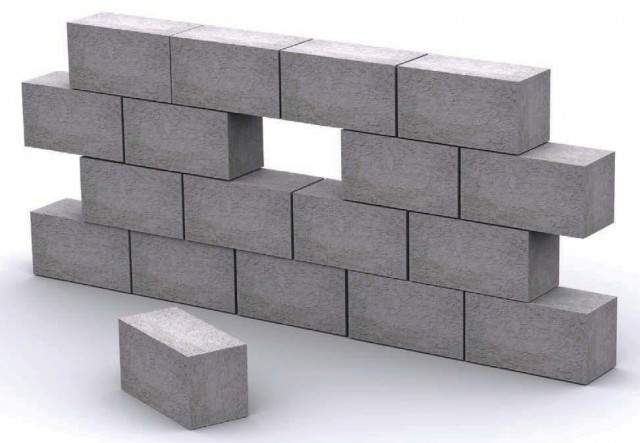
Two Popular Materials: What Is The Difference — Foam Concrete And Aerated Concrete?

These materials attract developers with their price, simplicity, and speed of installation. What is the difference, foam concrete and aerated concrete are both lightweight, high thermal insulation properties, cellular concrete? The marking of different classes of cellular concrete indicates their density.
Manufacturing technology
The basic principle is general-cement, sand, and additives are mixed to ensure the formation of foam. After that, the substance solidifies in different conditions, and it can be used. However, the peculiarities of the production process cause significant differences in the capabilities of the concrete molds materials.

Foam concrete
What is the difference between foam concrete and aerated concrete? In a large amount of bad foam concrete.
You can make it with your own hands in the shed, with the help of an electric drill. Some manufacturers do so. In this case, there will be no complete mixing of the ingredients. High-quality raw materials in small batches have a high price. In order to save money, they buy cheaper components-hence the result.
The correct process consists of the following steps:
- The mixer is loaded with: clean water, high-strength Portland cement (from M400), sifted sand and foaming agent.
- The equipment can be located in a production shop or on a construction site.
- The components are thoroughly mixed.
- The mass passes into a foamed state, increases in volume and voids are formed in it.
- The finished mixture is discharged from the mixer and can be used for its intended purpose.
Aerated Concrete
Material has two production methods — autoclave and non-autoclave. The first requires serious equipment, and is used only in large enterprises. The second is similar to the production of foam concrete. According to this method, small workshops can work, or they make aerated concrete with their own hands.
Important! Foaming of aerated concrete occurs as a result of chemical reactions. The presence of foreign substances disrupts the process. For this reason, the reinforcing elements can only be added to the mixture in a small amount.
Components
The main components of aerated concrete are Portland cement of the M400 grade and above, sand, quicklime, aluminum powder and water. The proportions depend on the required density and strength of the final product. Various specific modifiers can be added.
Technical specifications
Considering what is the difference between foam concrete and aerated concrete, it is worth noting that one of the most important factors is the higher ability of aerated concrete to absorb water.
- When foam is formed, gas is released in aerated concrete. As the molecules work their way to the exit, they create voids that can be filled with moisture.
- In foam concrete, the mass is whipped mechanically, its “bubbles” are surrounded by a solution.
Shape Accuracy
One of the comparison indicators, how the aerated concrete block differs from the foam concrete block, is the high accuracy of the geometric dimensions of the first one. This difference is caused by the fact that the aerated concrete cube is cut into elements in straight lines on standard equipment. Foam concrete blocks are cast in individual shapes, which may have differences.
Which is better aerated concrete or foam concrete?
- For load-bearing walls, aerated concrete is more suitable because it is stronger.
- The frost resistance indicators of these materials are approximately the same.
- The water absorption of foam concrete is less, therefore, it wins in this component.
- The cost of aerated concrete is higher, by about 25%, because the reagents for the gas formation and the autoclave production method are more expensive.
- In general, from all this, we can conclude that aerated concrete is most economical to use for the construction of load-bearing structures, and foam concrete for the construction of interior partitions and insulation.